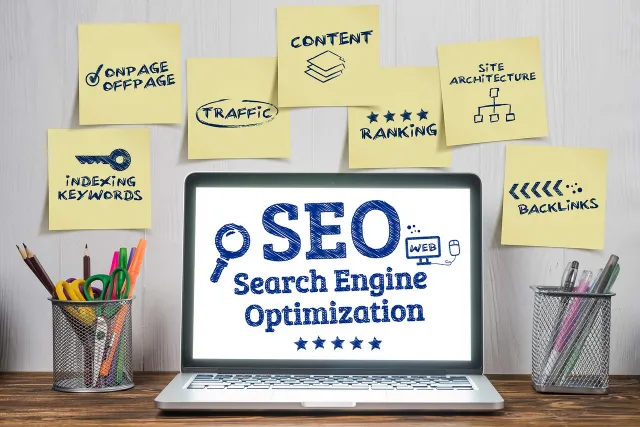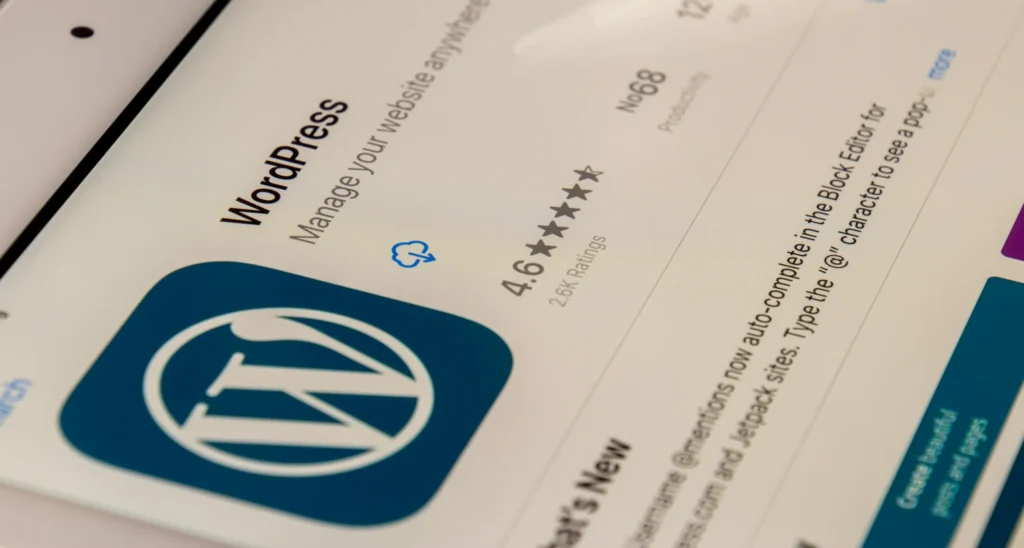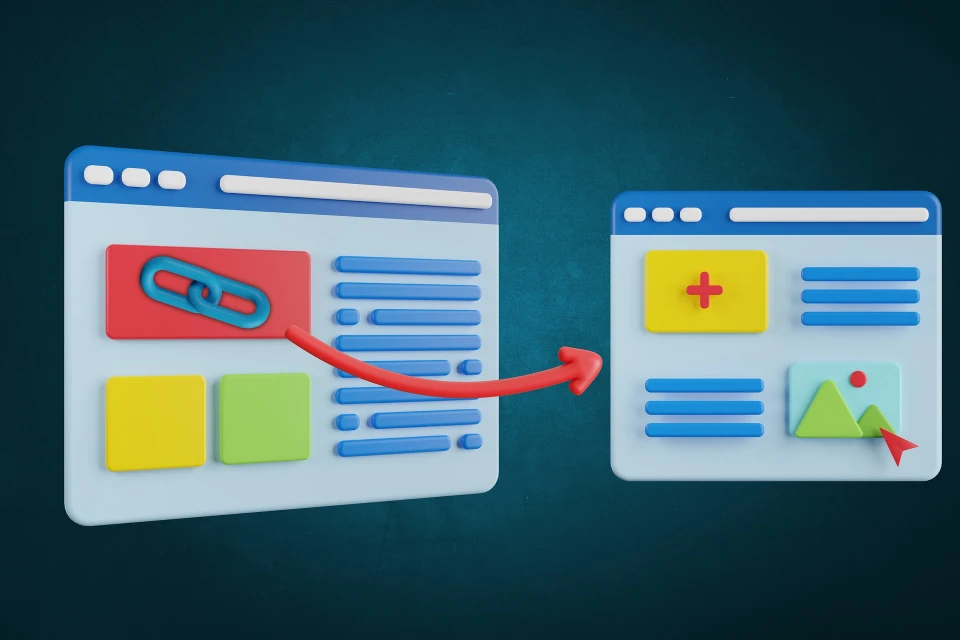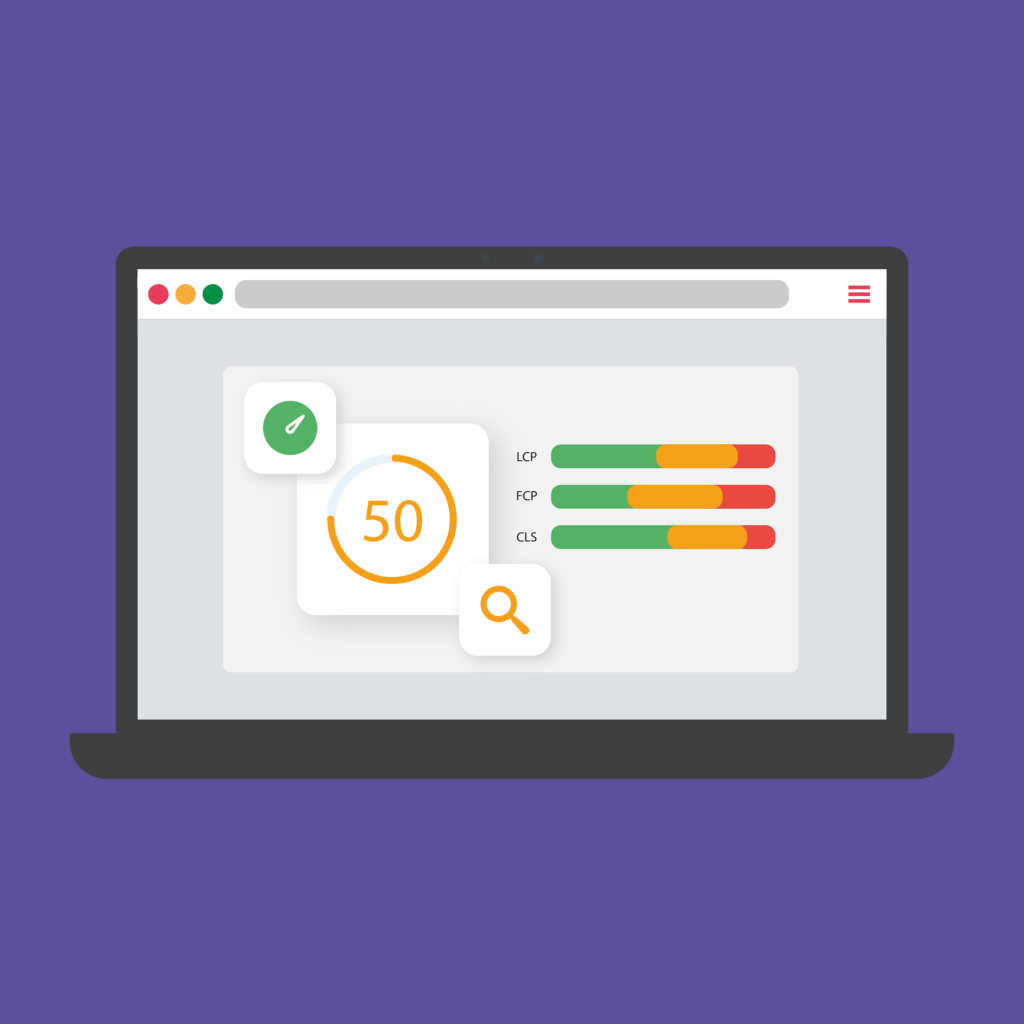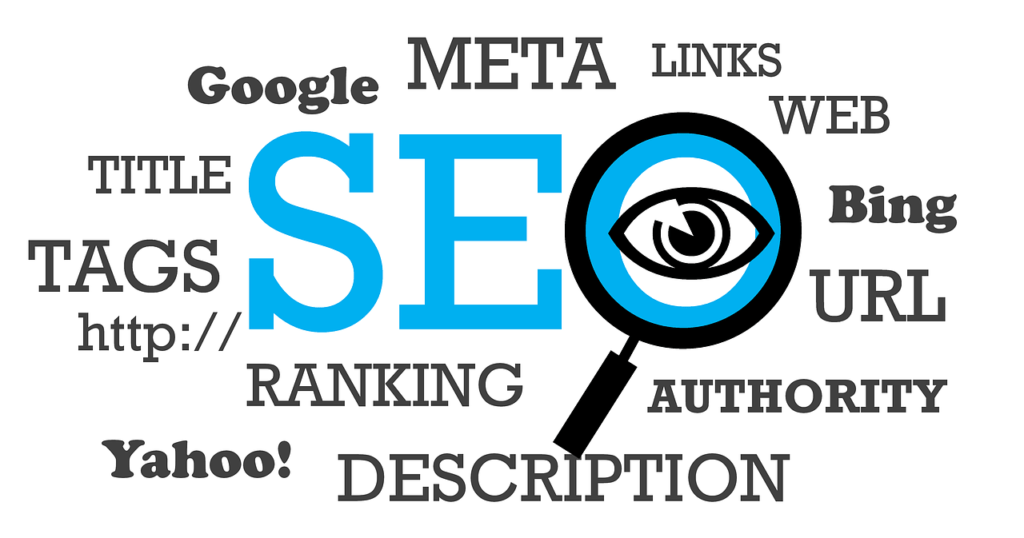Let’s be honest: listening to a digital marketer talk about metrics and KPIs can sometimes feel like listening to someone speaking a completely foreign language. Do you even speak English? But in this article, I’m going to break down the core digital marketing metrics you need to know to really help your business thrive. More importantly, I’ll explain what you can start doing with those metrics to improve the results you’re getting from your digital marketing campaigns. So, let’s get straight into it!
Understanding the Basics of Metrics
The first thing to know about metrics is that they’re going to vary depending on the type of business you’re in. For example, whether you’re in an e-commerce business or a lead generation business where your goal is to generate leads and the conversion then happens offline—over the phone, through invoicing, or whatever it is—the metrics you track will vary depending on your business goals and objectives. What I’m going to cover today is by no means an exhaustive list; it’s really just designed to give you an understanding of some of the core metrics you need to track to make a significant impact on your digital marketing efforts.
I’ll break these down into three core categories: business performance metrics, website metrics, and platform metrics used by social media channels, ad platforms, and search consoles.
Business Performance Metrics: The Foundation of Success
Let’s start with the two business performance metrics that are absolutely critical to any business owner running a digital marketing campaign, whether you’re in e-commerce or lead generation. These two metrics are CPA and LTV.
CPA (Cost Per Acquisition): In a nutshell, this is how much, on average, you have to spend to acquire a new customer. For instance, if you’ve spent £2,000 on marketing and generated a ton of leads, but only one of those leads turned into a sale, your cost per acquisition would be £2,000. Conversely, if you’re running an e-commerce store and spent £500 on advertising, getting thousands of clicks to your website, but only one purchase, your cost per acquisition would be £500.
LTV (Lifetime Customer Value): This metric represents the average total amount of money that a typical or average customer will spend with you over their lifetime as a customer. If you’re a new business or startup, determining your lifetime value might be challenging. Your business model will influence this: if you’re selling a product that’s a one-off purchase, your lifetime value will likely just be the cost of your product or service. However, if you’re selling a subscription service, you’ll want to look at the typical churn rates or average lifespans of a customer in your industry to estimate how long customers typically stay. For example, if you have a subscription of £10 per month and the average customer lifespan in your industry is 12 months, your expected lifetime customer value would be around £120.
If your cost per acquisition exceeds your average lifetime customer value, you’re in trouble. These two metrics are crucial because they’re the main indicators that will help your business grow. You need to obsess over these to grow your business profitably. There are two key questions you should constantly ask yourself as a business owner or marketer:
- How do we increase our lifetime customer value? This involves figuring out how to get customers to buy more frequently or in higher amounts.
- How do we improve our marketing performance to spend less on acquiring each customer?
If you’re confident about your lifetime customer value and know that many of your one-time buyers will become repeat customers, you might even be able to afford to acquire customers at a loss, knowing you’ll make profits later. However, this can be risky if you don’t have a proven business model and aren’t sure how many buyers will turn into repeat customers.
Website Metrics: The Hub of Your Digital Presence
Next, let’s look at your website metrics. If your business has any online presence or operates in the digital age, your website will be the hub for leads or purchases. The easiest way to break these metrics down is by the different stages of the buyer journey or the marketing funnel.
Awareness: The first thing to track is how people are finding you and how many are actually finding you. The easiest metric here is website traffic. Tools like Google Analytics (if you’re not using it, I highly recommend setting it up) provide two main traffic-related metrics: sessions and unique visitors.
- Sessions: This is the total number of times a new session has started on your website. Sessions reset after a certain amount of time, so multiple sessions can come from the same individual.
- Unique Visitors: This metric gives a clearer idea of how many individuals have visited your site.
Tracking these metrics helps gauge how effective you are at generating awareness and bringing potential customers to your site.
Other metrics to track include:
- Bounce Rate: This shows the percentage of visitors who leave your site without taking any further action, such as clicking a button or filling out a contact form. A high bounce rate may indicate that visitors aren’t resonating with your content or that your site isn’t engaging enough.
- Average Session Duration: This metric shows how long visitors stay on your site, indicating their engagement level.
For time on page, Google Analytics can only record the session duration of the previously viewed page. So, if someone views only one page, the session duration won’t be recorded. Tools like Hotjar and Lucky Orange offer deeper insights into user interactions, but that’s beyond the scope of this video.
Conversion Rate: This is one of the most critical metrics on your website. Conversion rate can be broken down by different goals or conversion paths, such as a contact form submission or a demo sign-up. These conversion goals vary in value, and it’s important to track them to understand your website’s effectiveness in converting visitors into leads or customers. For e-commerce businesses, enabling e-commerce tracking in Google Analytics will allow you to track conversions as product purchases. I’ll link some resources in the description below this video that will guide you through setting up Google Analytics, e-commerce tracking, and conversion goals.
Platform Metrics: Unveiling Social Media and Ad Performance
Lastly, let’s discuss ad metrics and social media metrics. There are tons of different metrics available on these platforms, but I’ll cover the most common ones and their impact on your marketing.
Impressions: This is the total number of times a post on social media, an organic listing in search engines, or an ad on one of the ad platforms has been seen. Impressions increase even if the same person sees your ad multiple times.
Reach: This metric shows how many unique individuals have seen your post or listing.
CTR (Click-Through Rate): This indicates the percentage of people who saw your ad and clicked on it. CTR helps gauge how effective your ad or post is for the audience you’re targeting. On social platforms, CTR can include clicks through to your profile or comments, so customize metrics to track link clicks only for more accurate insights.
Frequency: This metric shows how often people are seeing your ads. For example, an average frequency of 15 means people see your ad in their feed 15 times on average. The ideal frequency varies depending on the business type and buying cycle, but it’s important to refresh your ads to keep frequency reasonable and avoid annoying your audience.
CPC (Cost Per Click): I recently made a video breaking down CPC in detail, so I’ll link to it in this video. In a nutshell, CPC indicates how much you’re spending to get a click. For ads driving traffic to your website, focus on CPC for link clicks to understand the cost of getting someone to click through to your site.
The Big Picture: A Holistic Approach to Metrics
One of the biggest mistakes I see people making with metrics is viewing them in isolation. You shouldn’t just try to reduce your cost per click without considering other metrics. Sometimes, campaigns with higher CPCs have lower cost per acquisitions, while those with lower CPCs have higher cost per acquisitions. Bringing the right traffic to your website is more important than just getting clicks.
Look at metrics holistically to identify where your digital marketing efforts might be lacking. For instance, if you have a high CTR and lots of clicks to your website at a low CPC, but low conversions, it could mean your ad targeting is too broad, attracting the wrong people. Alternatively, it might indicate that your landing page isn’t optimized for conversions.
I’ll link to a blog below this video that provides 16 ways to increase your website conversion rate and turn more clicks into paying customers. It could also be that your offer isn’t compelling enough to stand out. I’ll link to another video on creating a truly irresistible offer for your business. Remember, this only works if you’re bringing the right traffic to your site in the first place.
Conclusion: Empower Your Digital Marketing
So, there you have it! I really hope this video has helped. If you want more training like this to skyrocket your digital marketing results, be sure to subscribe to the channel. I’ve got another video coming up next, diving into cost per click and how to reduce it to improve your metrics. See you there!



